Home>Interior Design>Dining Room Color Ideas: 16 Paint Inspiration Shades
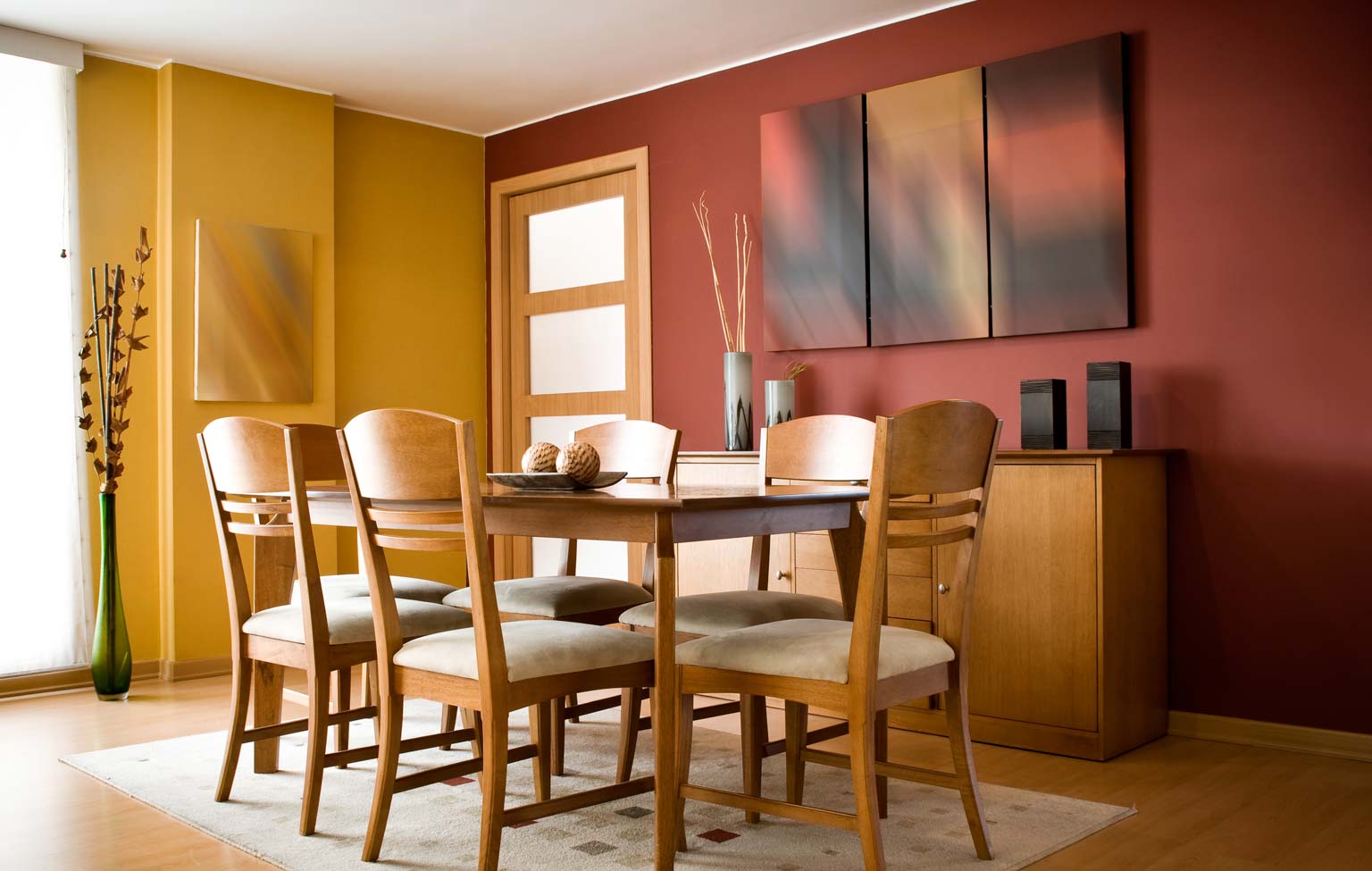

Interior Design
Dining Room Color Ideas: 16 Paint Inspiration Shades
Modified: January 19, 2024
Transform your dining room with these stunning interior design ideas! Explore 16 inspiring paint shades that will elevate your space and create a captivating ambiance.
(Many of the links in this article redirect to a specific reviewed product. Your purchase of these products through affiliate links helps to generate commission for Storables.com, at no extra cost. Learn more)
Introduction
The dining room is one of the most important rooms in any home, as it is a space where families come together to share meals, create memories, and connect with one another. When it comes to designing or redecorating a dining room, choosing the right color scheme can have a significant impact on the overall look and feel of the space.
In this article, we will explore 16 dining room color ideas that can provide inspiration and transform your dining room into a stylish and inviting space. Whether you prefer neutral tones for a timeless and elegant look or bold and vibrant colors for a more eclectic and energetic atmosphere, there is a color palette out there to suit every taste and preference. Let’s dive in!
Key Takeaways:
- Create a Timeless and Elegant Dining Space
Neutral shades provide a versatile backdrop for showcasing personal style. From crisp whites to warm beiges, these timeless colors offer a sophisticated canvas for any dining room decor. - Infuse Energy and Excitement into Your Dining Room
Bold and vibrant colors inject personality and liveliness into the dining space. From deep reds to sunny yellows, these hues create a dynamic and visually stimulating atmosphere, perfect for hosting memorable gatherings.
Neutral Shades
Neutral shades are a popular choice for dining rooms as they create a calming and sophisticated ambiance. Shades of white, beige, and gray can serve as a versatile backdrop for any style of dining room décor. These colors work well with both traditional and modern aesthetics.
One popular option is to paint the walls in a crisp and clean white color, such as pure white or off-white. This creates a bright and airy feel, making the room appear larger and more spacious. You can complement the white walls with neutral-colored furniture and accessories for a cohesive look.
If you prefer a warmer and cozier vibe, opt for beige or taupe tones. These hues add warmth and depth to the room, creating a welcoming atmosphere. Consider using different shades of beige on the walls, ceiling, and trim to add dimension to the space. Pair these colors with natural materials like wood or rattan furniture for a rustic touch.
Gray is another versatile neutral color that can work well in a dining room. It comes in various shades, from light gray to charcoal, allowing you to choose the right tone to match your desired aesthetic. Gray walls can create a sophisticated and elegant look, especially when paired with metallic accents or pops of color.
Incorporating textures and patterns in neutral shades can also add visual interest to the dining room. Consider using wallpaper with a subtle pattern or a textured paint finish to create depth on the walls. Additionally, you can mix and match different fabrics, such as a textured rug, patterned curtains, or upholstered dining chairs, to add personality to the space.
Neutral shades are timeless and can easily be updated with the changing trends by swapping out accessories and artwork. Whether you prefer a minimalist or a more eclectic look, neutral shades provide a perfect canvas to showcase your personal style in the dining room.
Bold and Vibrant Colors
If you’re looking to make a statement and add a pop of energy to your dining room, consider using bold and vibrant colors in your color scheme. These colors can create a lively and exciting atmosphere, perfect for hosting gatherings and entertaining guests.
One option is to go for a bold accent wall. Choose a vibrant color, such as deep red, electric blue, or sunny yellow, and paint one wall in the dining room with this shade. This can serve as a focal point and bring a sense of drama and impact to the space. Pair the accent wall with neutral or complementary colors to balance the boldness.
For those who want to embrace color throughout the entire room, consider using a vibrant color for the walls. Vibrant shades, like teal, fuchsia, or orange, can create a dynamic and visually stimulating setting. To avoid overwhelming the space, balance the vibrant walls with neutral or lighter-colored furniture and accessories.
Another way to incorporate bold and vibrant colors is through the use of colorful furniture and decor items. Choose dining chairs or a statement lighting fixture in eye-catching colors to add personality and visual interest to the dining room. You can mix and match different vibrant colors for a playful and eclectic look.
When using bold and vibrant colors, it’s important to strike a balance. Too many vibrant colors in one space can feel overwhelming, so consider using them as accents or in conjunction with neutral tones. You can also use patterns and textures in vibrant colors to create a cohesive and visually appealing dining room design.
Remember that the size of your dining room can also play a role in how bold and vibrant colors are perceived. If you have a smaller space, consider using these colors as accents rather than covering the entire room. In larger dining rooms, you have more freedom to experiment with bolder color choices.
Using bold and vibrant colors as your dining room paint color can create a lively and energetic environment, perfect for hosting memorable meals and gatherings. Embrace your creativity and inject your personal style into the space with these vibrant color choices.
Earthy Tones
If you want to create a sense of warmth and tranquility in your dining room, consider incorporating earthy tones into your color scheme. Earthy tones evoke a natural and organic feel, bringing a sense of calmness and serenity to the space.
One popular option is to use shades of brown and beige. These warm and earthy hues mimic the colors of nature, creating a cozy and inviting atmosphere. Chocolate brown, caramel, and tan are all versatile options that can be used on walls, furniture, or even in accent pieces.
Green is another earthy color that can be incorporated into your dining room. From forest green to mossy shades, green brings a touch of nature indoors. It symbolizes renewal, growth, and balance, making it an ideal color for a dining space. Consider using green on the walls or incorporating it into the upholstery of dining chairs.
Earthy tones can also be complemented with natural materials such as wood and stone. Wooden furniture, exposed beams, or stone accents on the walls can enhance the natural ambiance of the dining room. Consider using reclaimed wood for a rustic touch or incorporating natural stone elements for an earthy and textured look.
When it comes to accessorizing with earthy tones, consider incorporating elements such as woven baskets, plants, and earthy artwork. These items can further enhance the connection to nature in your dining room design. Additionally, natural lighting and large windows can help bring in the outside environment and highlight the earthy tones present in your space.
Earthy tones can create a sense of harmony and relaxation in your dining room. Whether you choose to focus on different shades of brown, incorporate green accents, or incorporate natural elements, the result will be a dining room that feels grounded and connected to the natural world.
Cool and Calming Hues
To create a serene and tranquil dining room atmosphere, consider incorporating cool and calming hues into your color palette. Cool colors, such as blues and greens, can evoke a sense of peace, relaxation, and balance, making them perfect for creating a calm dining experience.
One option for using cool hues is to paint the walls in shades of blue. Light, soft blues can create a serene and airy feel in the dining room. These shades can mimic the colors of the sky and ocean, bringing a sense of tranquility to the space. Consider pairing blue walls with white or light-colored furniture for a fresh and soothing look.
Another option is to incorporate shades of green. Green symbolizes nature and growth, and using this color in your dining room can create a sense of harmony and balance. Light, cool greens, like sage or mint, can create a refreshing and calming atmosphere. You can use green in the form of wall paint, upholstery, or decor items to bring a touch of nature into your dining room.
For a more subtle and versatile cool color, consider using shades of gray. Light gray can create a calming and sophisticated environment, while darker grays can add depth and drama to the space. Gray can be easily paired with other cool or warm colors, making it a versatile choice for any dining room style.
Incorporating cool hues can also be done through artwork and accessories. Hang paintings or prints with images of landscapes, seascapes, or nature scenes in cool colors. Use cushions or curtains in shades of blue or green to add pops of color without overwhelming the space. These elements can enhance the calming atmosphere of the dining room.
When using cool hues, it’s important to consider the lighting in your dining room. Natural lighting is ideal for showcasing the beauty of cool colors, as it brings out the subtle nuances and undertones. If natural light is limited, consider using soft ambient lighting to create a soothing and calming ambiance.
By incorporating cool and calming hues into your dining room, you can create a space that encourages relaxation and provides a peaceful setting for enjoying meals and spending time with loved ones.
Warm and Cozy Palettes
To create a cozy and inviting atmosphere in your dining room, consider using warm color palettes. Warm colors can create a sense of comfort, intimacy, and coziness, making them perfect for transforming your dining space into a welcoming oasis.
One option for incorporating warm tones is to use shades of red. From rich burgundy to fiery crimson, red can create a bold and passionate ambiance in the dining room. Use red as an accent color on a feature wall or incorporate it in the upholstery of dining chairs for a dramatic effect.
Another warm color option is shades of orange. This vibrant and energetic color can add warmth and liveliness to your dining room. Choose burnt orange or terracotta tones for a cozy and inviting space. Don’t be afraid to mix and match different shades of orange to create visual interest.
Yellow is another warm hue that can create a sunny and cheerful atmosphere. Light, buttery yellows can add a touch of warmth without overpowering the space, while deeper golden yellows can create a cozy and intimate feel. Consider using yellow in accent pieces or as complementary colors in your dining room design.
Incorporating warm colors can also be done through the use of natural wood tones. Wooden furniture, flooring, or even a reclaimed wood accent wall can add warmth and texture to the dining room. Consider using different wood finishes to create depth and visual interest.
Warm color palettes can also be enhanced by adding natural elements and textures. Incorporate plush fabrics like velvet or soft rugs for added coziness. Add in natural elements such as plants, woven baskets, or earthy pottery to evoke a sense of warmth and connection to nature.
When using warm colors, be mindful of the size of your dining room. In smaller spaces, opt for lighter or more muted warm colors to avoid overwhelming the room. In larger spaces, you have more flexibility to use deeper and bolder warm hues.
By using warm color palettes, you can create a dining room that feels cozy, inviting, and perfect for enjoying meals and gathering with loved ones. Embrace the warmth and transform your dining space into a comforting sanctuary.
Dramatic Dark Shades
If you’re looking to create a dining room with a touch of glamour and sophistication, consider using dramatic dark shades in your color scheme. Dark colors can create a sense of drama and elegance, making them perfect for those who want to make a bold statement with their dining room design.
One option for incorporating dark shades is to use deep blues or navy. Dark blue hues can create a luxurious and refined atmosphere in the dining room. Consider using a dark blue paint on the walls or incorporating navy-colored furniture pieces for a striking effect. Pair the dark blues with metallic accents, such as gold or brass, to add a touch of glamour.
Another option is to embrace deep, rich shades of purple or plum. These colors exude opulence and create a sense of intrigue in the dining room. Use purple on the walls or incorporate it in upholstery or curtains to create a regal and luxurious ambiance. Pair the deep purples with neutral or metallic accents to balance the intensity of the color.
If you prefer a more classic look, consider using shades of charcoal or black. Dark gray or black walls can create a modern and sleek dining room. Use these colors as a backdrop for lighter-colored furniture and accessories to create a striking contrast. Incorporate layered lighting, such as pendant lights or wall sconces, to add depth and further enhance the dramatic effect.
When using dark shades, it’s important to consider the lighting in your dining room. Since dark colors absorb light, it’s crucial to ensure that there is sufficient lighting to illuminate the space properly. Consider incorporating a mix of ambient, task, and accent lighting to create a well-lit and visually balanced dining room.
To prevent the dark colors from overpowering the space, consider incorporating elements of contrast. Use lighter-colored furniture, such as white or cream, to create a balance between the dark hues. Add pops of color through artwork, rugs, or decorative accessories to add visual interest.
By using dramatic dark shades, you can create a dining room that exudes elegance, sophistication, and a touch of mystery. Embrace the dark side and transform your dining space into a captivating and unforgettable environment.
When choosing a color for your dining room, consider using warm tones like red, orange, or yellow to stimulate appetite and create a cozy atmosphere. Cool tones like blue or green can promote relaxation and conversation.
Pastel and Light Colors
If you’re yearning for a dining room that radiates a soft and airy ambiance, consider using pastel and light colors in your color palette. Pastels are delicate and soothing, while light colors can create a sense of freshness and openness, making them perfect for creating a charming and inviting dining space.
One option for incorporating pastel colors is to use shades of pink. Soft blush or pale pink can create an elegant and feminine dining room. Consider using pink on the walls or incorporating it in the upholstery of dining chairs or curtains. Pair the pastel pink with white or neutral accents for a romantic and charming atmosphere.
Another pastel option is to embrace shades of mint or aqua. These cool and calming colors can create a refreshing and serene dining room. Use mint or aqua on the walls or incorporate it in the furniture or decor accents. These pastels pair well with white or natural wood tones for a light and breezy look.
Soft and light shades of blue and green are also excellent options for creating a tranquil and inviting dining space. Light blues, such as baby blue or sky blue, can create a peaceful and serene ambiance. Light greens, such as seafoam or celadon, can bring a touch of nature indoors. Use these colors on the walls, fabrics, or even in the artwork to infuse the dining room with a sense of calmness and serenity.
To create a more airy and open feel, consider using light and neutral colors such as ivory, cream, or beige. These hues create a timeless and elegant look. Use light-colored furniture and accents to complement the walls and create a cohesive and harmonious dining room design.
Incorporating natural light is essential when working with pastel and light colors. Allow as much natural light as possible to flow into the dining room to enhance the softness and delicacy of the color palette. Consider using sheer curtains or shades to allow light in while also offering privacy.
By using pastel and light colors in your dining room, you can create an atmosphere that is gentle, fresh, and inviting. These colors are perfect for creating a charming and cozy dining experience for you, your family, and your guests to enjoy.
Monochromatic Schemes
A monochromatic color scheme involves using different shades and tones of a single color in your dining room. This design approach creates a cohesive and harmonious look, while also allowing for subtle variations and depth within the space.
One popular option is to use shades of gray in a monochromatic scheme. Gray is a versatile and sophisticated color that can create an elegant and timeless dining room. You can choose light gray for the walls, medium gray for furniture and decor, and dark gray for accents or statement pieces. The varying shades of gray create visual interest without overwhelming the space.
Another option is to embrace shades of blue in a monochromatic color scheme. Light blue walls paired with navy blue dining chairs and accents can create a serene and cohesive dining room design. The different shades of blue add depth and dimension while maintaining a sense of harmony.
If you prefer warmer tones, consider using various shades of brown in your monochromatic scheme. From light tan to rich chocolate brown, these earthy hues can create a warm and inviting dining room ambiance. Use lighter shades on the walls and flooring, and darker shades for furniture or accessories, to create contrast and depth in the space.
When working with a monochromatic scheme, it’s important to consider texture and pattern to add visual interest. Incorporate different textures, such as a plush rug, textured wallpaper, or a mix of fabrics, to create depth and dimension within the single color palette. You can also incorporate patterns, such as stripes or geometric designs, within the monochromatic scheme to introduce variety and excitement.
Remember to consider lighting when using a monochromatic color scheme. Lighting can enhance the varying shades and tones of the chosen color, bringing out their nuances and creating a visually dynamic dining room. Use a combination of natural and artificial lighting to showcase the beauty of the monochromatic palette.
By incorporating a monochromatic scheme in your dining room, you can create a cohesive and stylish space. Whether you choose shades of gray, blue, or brown, this design approach allows for a harmonious and visually appealing dining experience.
Read more: What Is A Good Paint Color For A Dining Room
Contrasting Combinations
To add a dynamic and visually striking element to your dining room, consider incorporating contrasting color combinations. Contrasting colors create a bold and vibrant atmosphere, making them perfect for those who want to make a strong design statement in their dining space.
One classic contrasting combination is black and white. The timeless pairing of these two colors creates a dramatic and sophisticated look. Black and white can be used in various ways, such as using black on the walls and white for furniture or vice versa. This contrasting combination creates a high contrast and visually impactful dining room.
For a more daring approach, consider using complementary colors. Complementary colors are opposite each other on the color wheel, such as blue and orange, or purple and yellow. These combinations create a vibrant and energetic dining room. Use one color as the dominant color and the other as accents to achieve a balanced look.
Another option is to use warm and cool contrasting colors. Warm colors, such as reds and oranges, can be paired with cool colors, such as blues and greens, to create a visually interesting dining room. The contrasting combination adds depth and balance to the space. Consider using warm-colored furniture or accents against cool-colored walls for a striking effect.
Contrasting combinations can also be achieved through the use of patterns and prints. Mixing different patterns, such as stripes and florals, or geometric shapes and abstract designs, can create a visually dynamic dining room. Stick to a consistent color palette to ensure the patterns work well together and don’t clash.
When working with contrasting color combinations, it’s important to achieve balance. Ensure that one color doesn’t overpower the other and that the overall look is cohesive. Use neutral tones as a base to anchor the contrasting colors and create a sense of harmony within the space.
By incorporating contrasting color combinations in your dining room, you can create a visually stunning and captivating space. Experiment with different color combinations and find the one that best reflects your personal style and design preferences.
Accent Wall Ideas
If you want to add a focal point and create a statement in your dining room, consider incorporating an accent wall. An accent wall is a single wall that is different from the rest, either in color, texture, or pattern. It adds visual interest and can completely transform the look and feel of your dining space.
One popular option for an accent wall is to use bold and vibrant colors. Choose a color that contrasts with the surrounding walls to create a striking effect. Consider deep reds, vibrant blues, or rich greens for a pop of personality and energy. The accent wall becomes the centerpiece of the dining room, drawing attention and creating a sense of drama.
Another option is to use wallpaper with a bold pattern or texture. Whether it’s a floral design, geometric shapes, or a textured surface, wallpaper can add depth and visual interest to your accent wall. Opt for a pattern or texture that complements the overall aesthetic of your dining room to create a cohesive look.
If you prefer a more subtle approach, choose a different paint finish for your accent wall. For example, use a glossy finish on the accent wall while keeping the other walls matte. This contrast in sheen adds an element of visual interest and creates a subtle accent that catches the eye.
If you want to create an accent wall without using color or wallpaper, consider using different materials or textures. For instance, you can use reclaimed wood planks to create a rustic and textured accent wall. Alternatively, install decorative panels or textured tiles to add dimension and interest to the dining room.
When deciding on the location of your accent wall, consider choosing a wall that is naturally a focal point. This could be the wall behind the dining table, the wall with a fireplace, or the wall with architectural features such as windows or a large mirror. By choosing a focal point wall, you draw attention to the unique design elements of your dining room.
Remember that an accent wall should complement the overall design and color scheme of your dining room. Consider the existing furniture, lighting, and decor to ensure that the accent wall ties the room together seamlessly.
By incorporating an accent wall in your dining room, you can create a focal point and add a touch of personality to the space. Whether using bold colors, patterned wallpaper, unique textures, or different materials, an accent wall can transform your dining room into a visually striking and inviting environment.
Tips for Choosing the Right Color
Choosing the right color for your dining room can greatly impact the overall ambiance and style of the space. Here are some tips to help you select the perfect color for your dining room:
1. Consider the size and natural light in the room: If your dining room is small or lacking natural light, lighter and cooler colors can help create a sense of openness and brightness. On the other hand, if your dining room is spacious and receives ample natural light, you can consider darker or bolder colors. 2. Reflect on the mood you want to create: Think about the atmosphere you want to achieve in your dining room. Do you want it to feel cozy and intimate, lively and energetic, or tranquil and serene? Different colors evoke different emotions, so choose a color that aligns with the mood you want to establish. 3. Look to your personal style and preferences: Your dining room should be a reflection of your personal taste and style. Consider the colors that you are naturally drawn to and that resonate with you. This will help ensure that you feel comfortable and connected to the space. 4. Consider the adjoining rooms: Take into account the colors used in the adjacent rooms to create a harmonious flow throughout your home. You want the colors to complement each other and create a cohesive aesthetic. 5. Think about the purpose of the room: The function of your dining room can also influence your color choice. If it’s a formal dining room for entertaining guests, you may want to opt for more elegant or sophisticated colors. For a casual dining area, you can be more adventurous with bright and playful colors. 6. Use color psychology: Consider the psychological effects of different colors. For example, blues and greens can promote a sense of calmness and relaxation, while reds and oranges can stimulate appetite and conversation. Use these color associations to guide your color selection based on the desired mood and purpose of your dining room. 7. Test paint samples: It’s important to test paint samples in your dining room before committing to a color. Paint small swatches of different colors on the walls and observe how they look under different lighting conditions throughout the day. This will help you make an informed decision and ensure that the color looks as desired in your specific space. 8. Take inspiration from your surroundings: Look to your surroundings for inspiration. Consider the color scheme of your furniture, artwork, or even the view outside your dining room windows. Pulling colors from your surroundings can help create a harmonious and cohesive design. Remember, ultimately, the right color for your dining room is the one that makes you feel happy, comfortable, and reflects your personal style. Don’t be afraid to experiment and choose a color that speaks to you and enhances the dining experience for you and your guests.
Conclusion
The color scheme you choose for your dining room plays a crucial role in creating the desired atmosphere and setting the tone for memorable meals and gatherings. From neutral shades to bold and vibrant colors, each color palette brings its own unique personality and style to the space.
Neutral shades provide a timeless and elegant backdrop, allowing you to showcase your personal style through furniture and accessories. Bold and vibrant colors inject energy and excitement into the dining room, creating a lively and eclectic atmosphere. Earthy tones bring a sense of warmth and harmony, while cool and calming hues promote relaxation and tranquility. Warm and cozy palettes evoke comfort and intimacy, while dramatic dark shades add a touch of glamour and sophistication.
Monochromatic schemes provide a cohesive and harmonious look, while contrasting combinations create a visually striking and dynamic environment. Accent walls can serve as focal points, adding depth and interest to the dining room. When choosing colors, consider the size and lighting in the room, reflect on the mood you want to create, and consider your personal style and preferences.
By following these tips and infusing your dining room with the perfect color scheme, you can transform the space into a beautiful and inviting area where cherished moments and lasting memories are made.
Remember, the right color is the one that speaks to you and reflects your personal taste and style. Be bold, be creative, and have fun as you choose the color scheme that will make your dining room truly unique and special.
Frequently Asked Questions about Dining Room Color Ideas: 16 Paint Inspiration Shades
Was this page helpful?
At Storables.com, we guarantee accurate and reliable information. Our content, validated by Expert Board Contributors, is crafted following stringent Editorial Policies. We're committed to providing you with well-researched, expert-backed insights for all your informational needs.
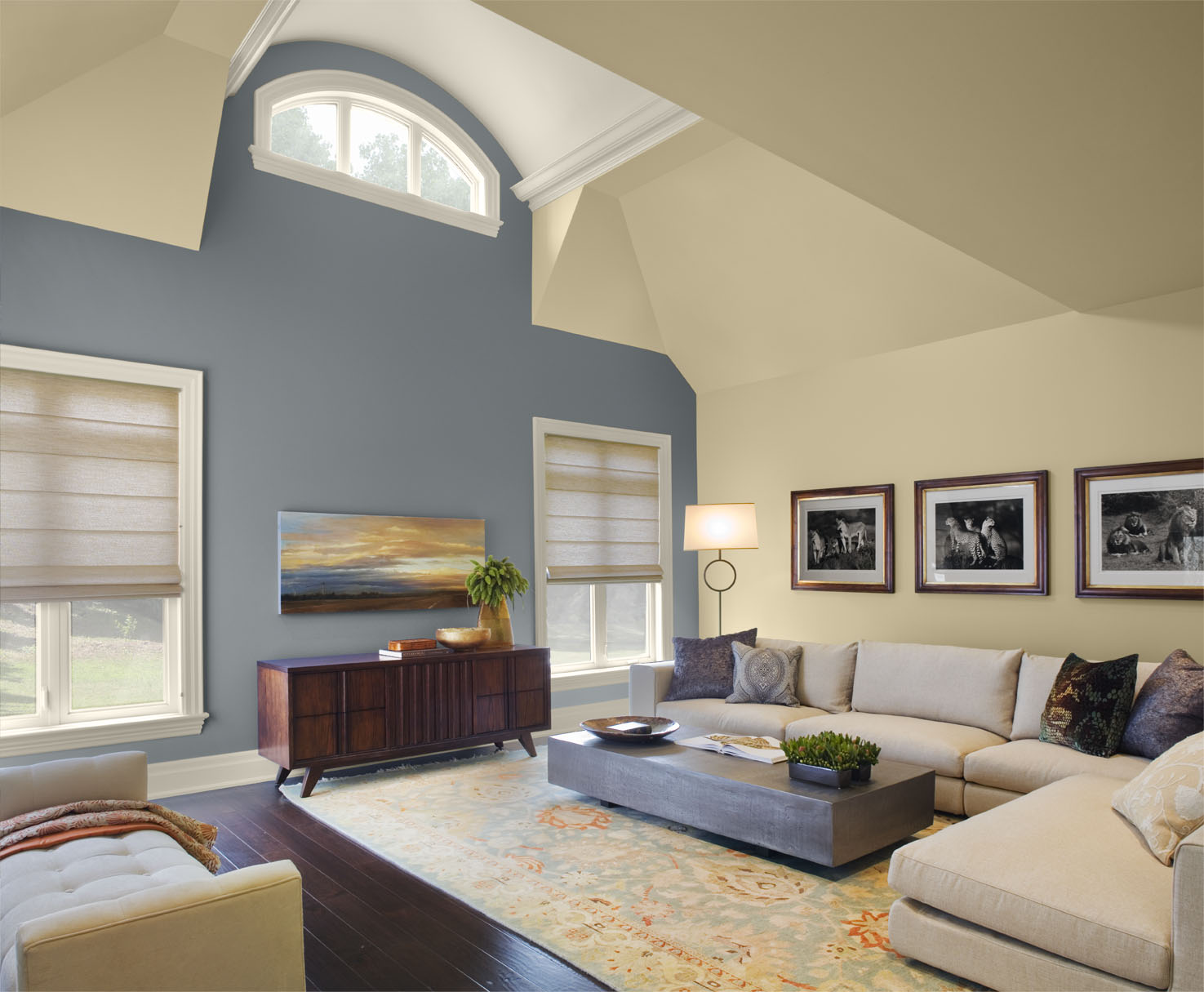
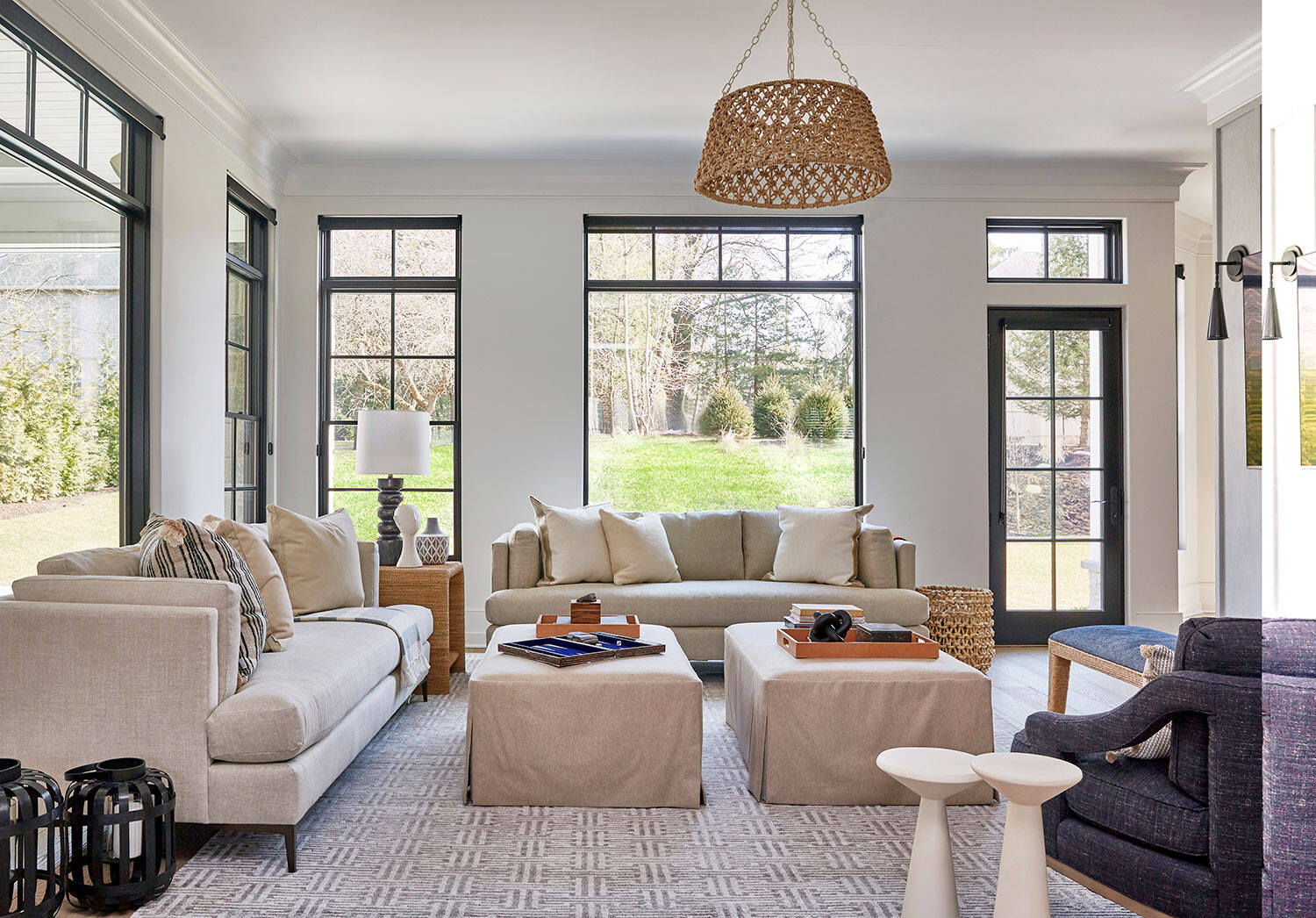
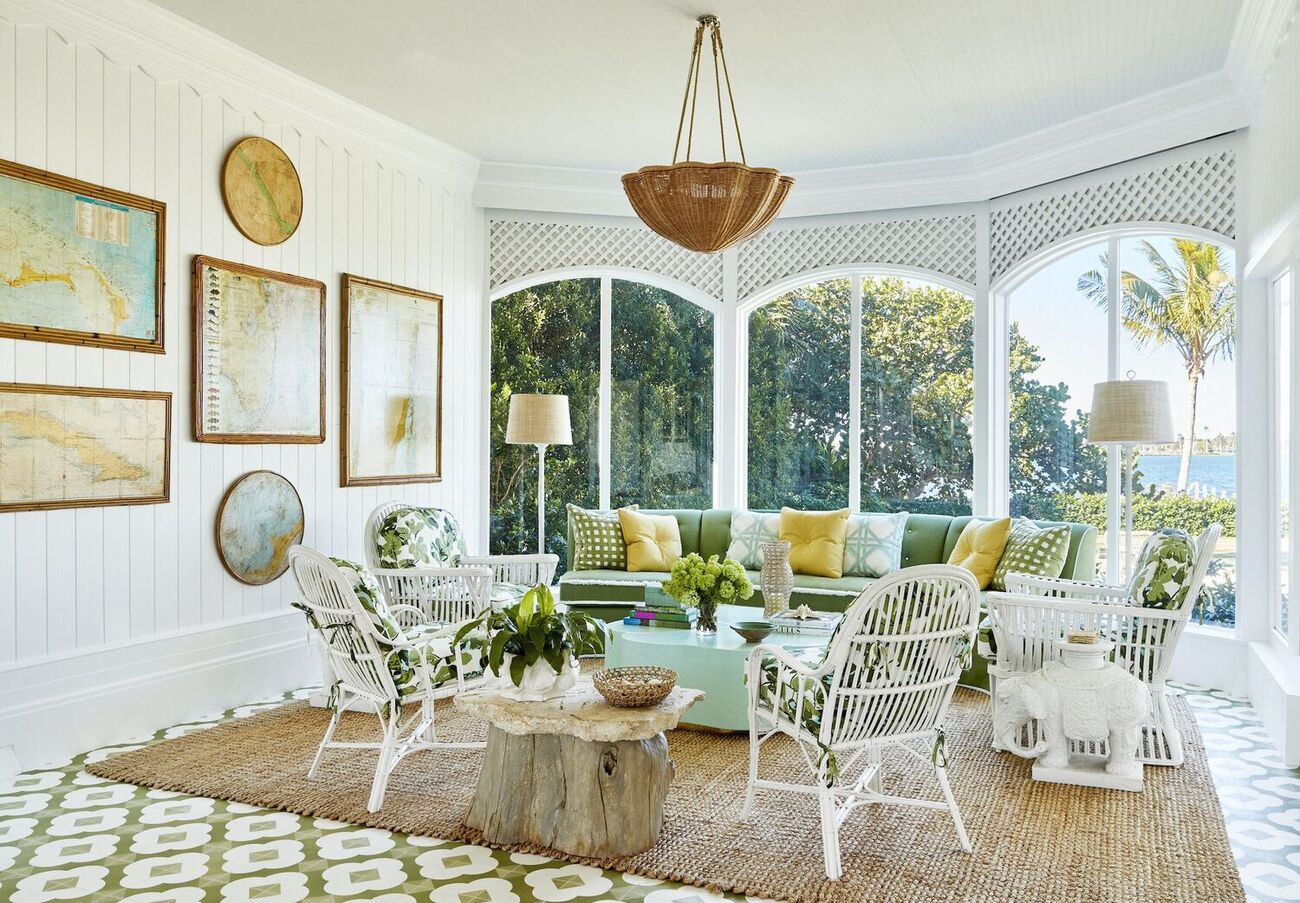
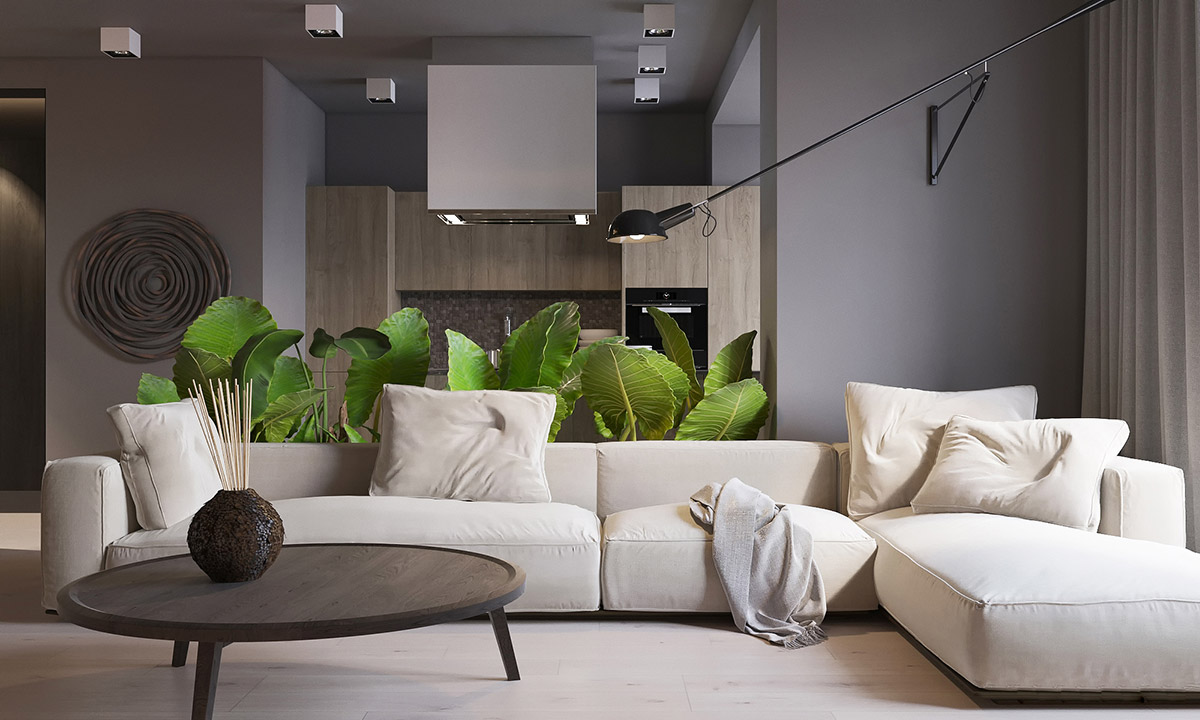
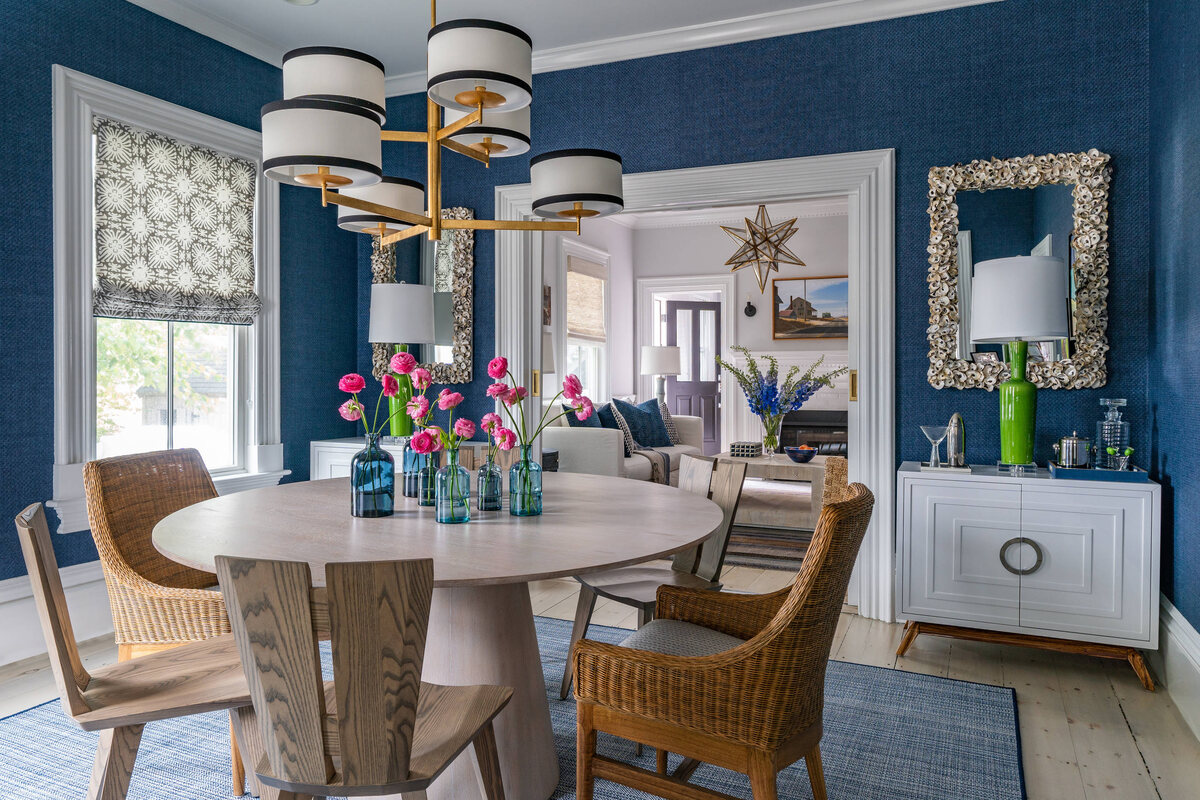

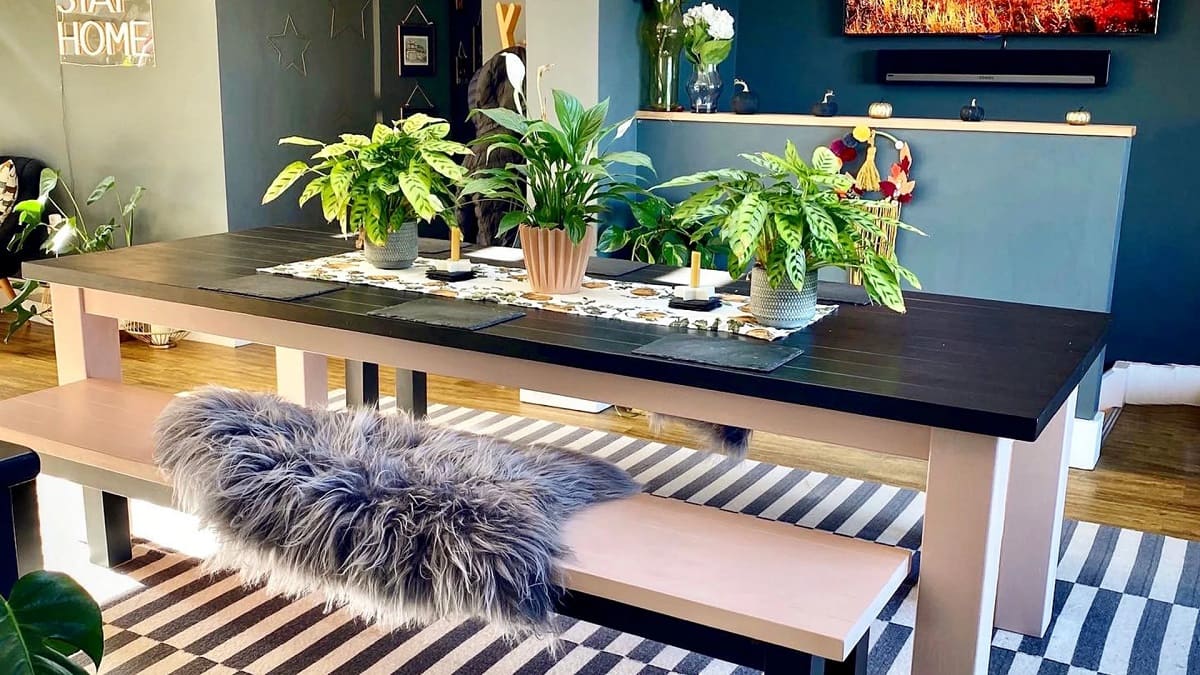
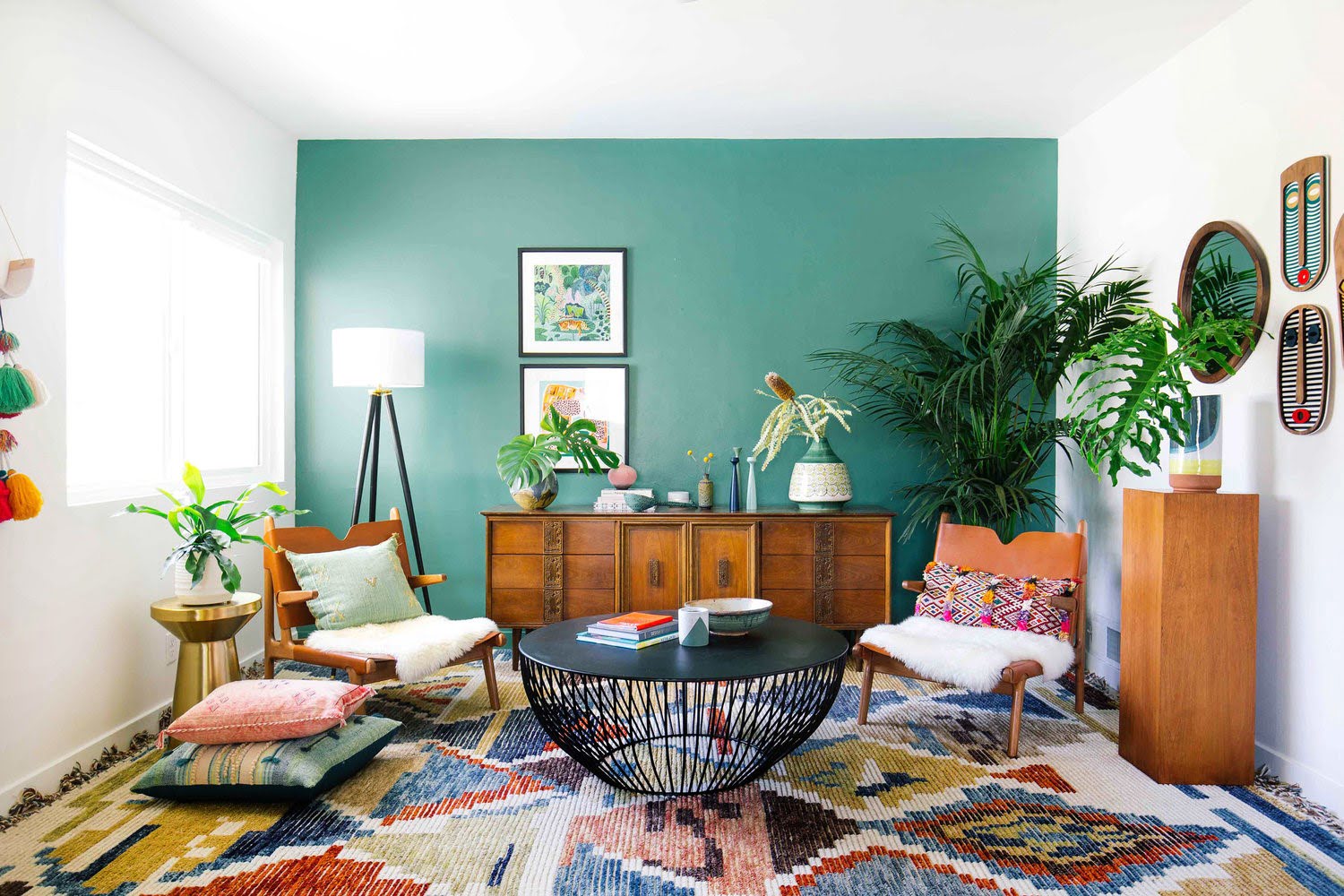
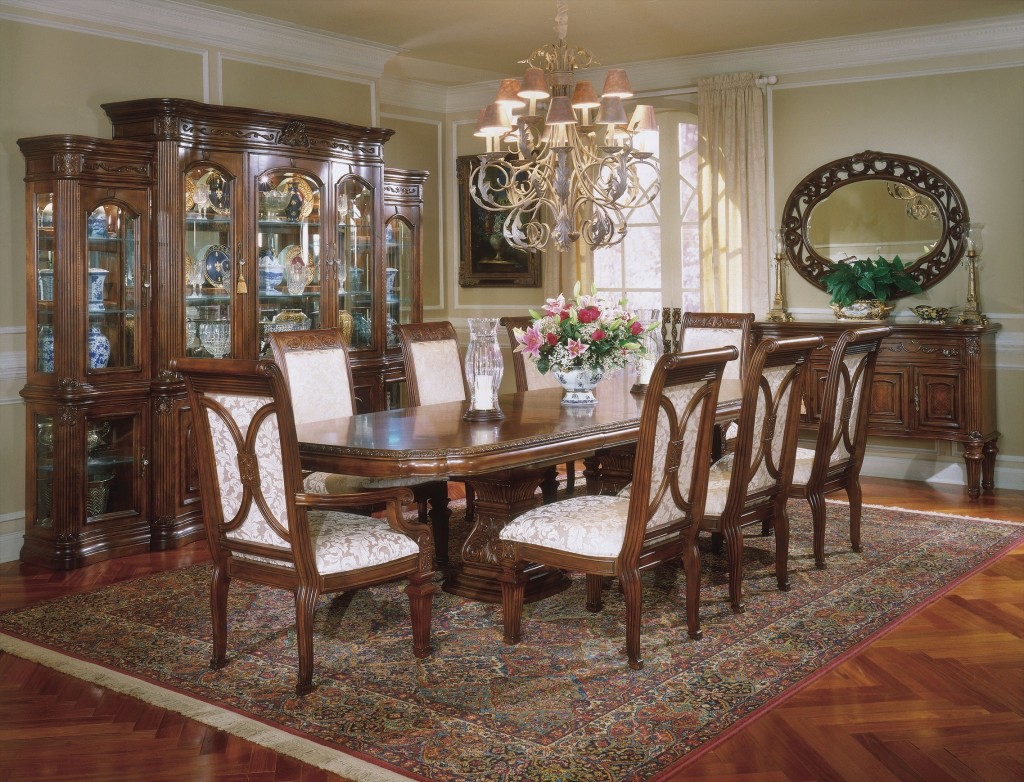
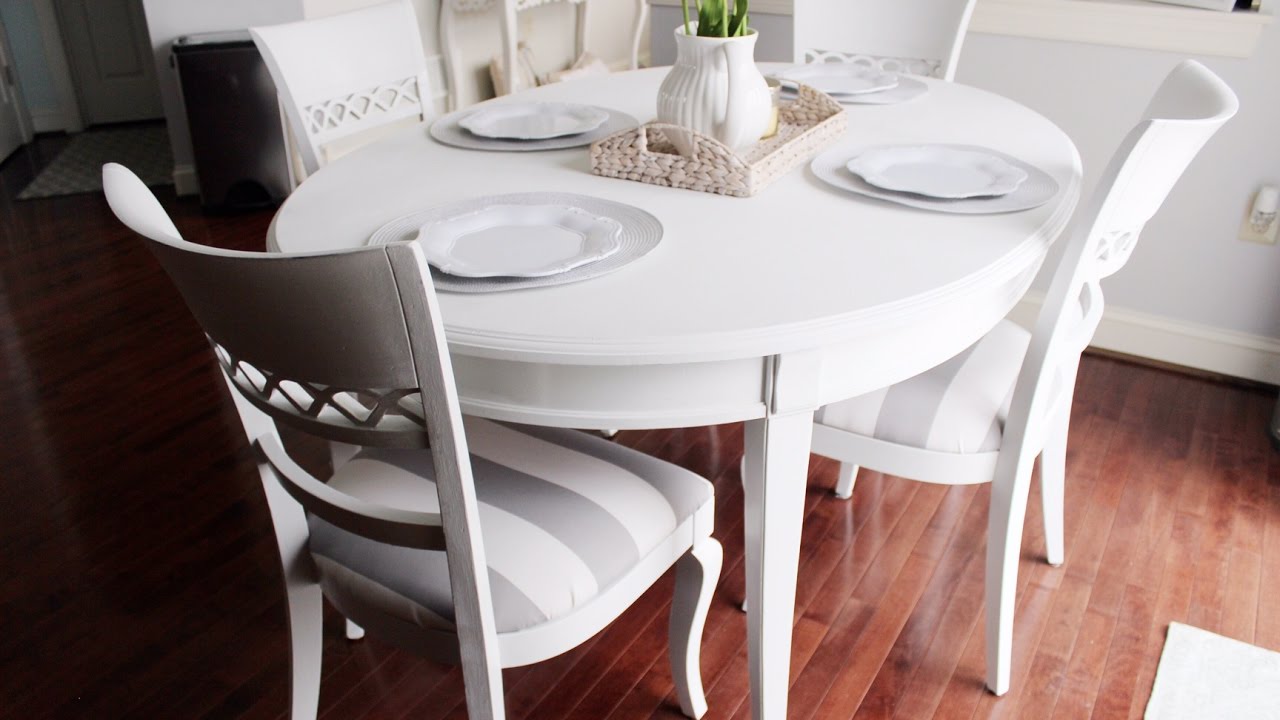
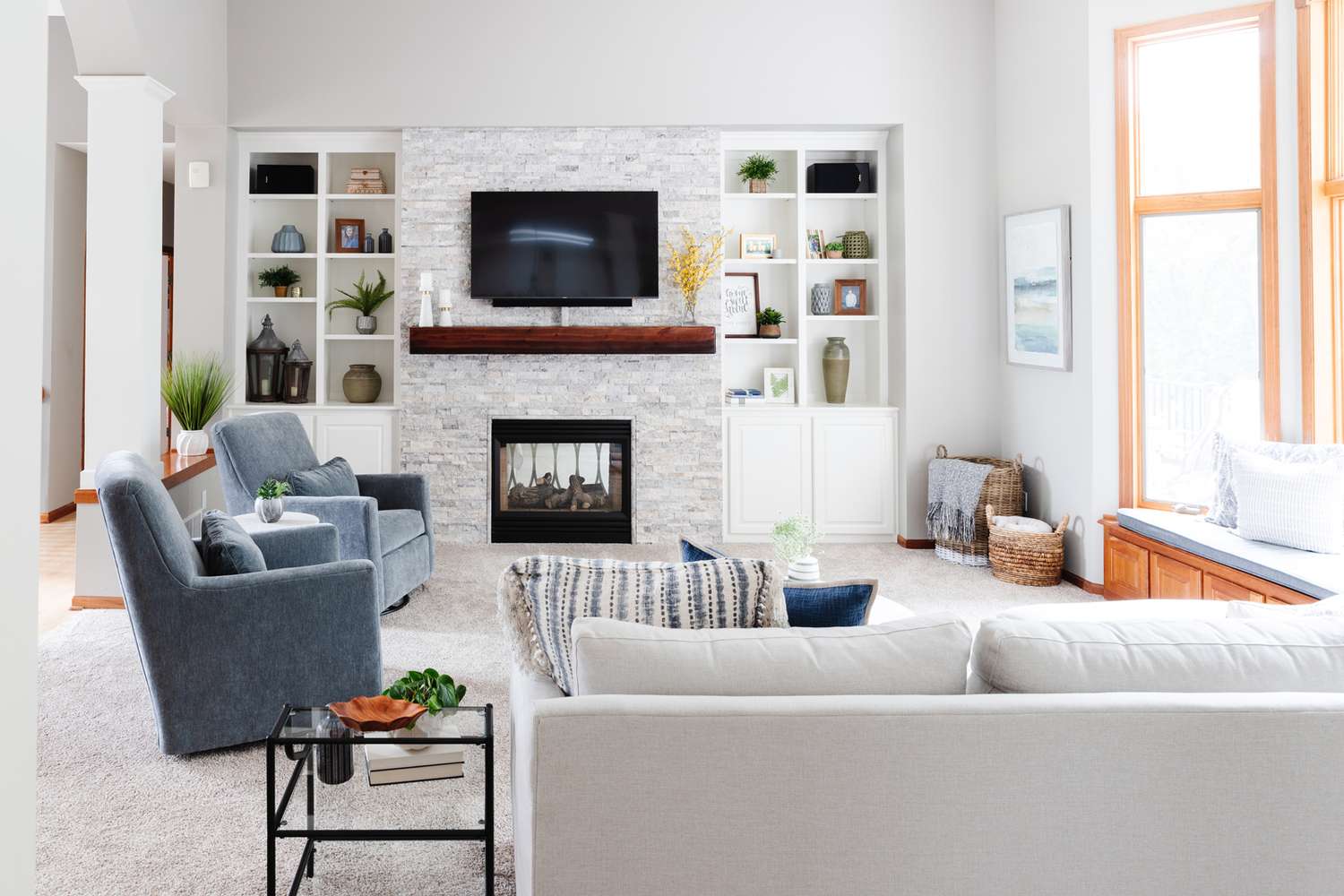
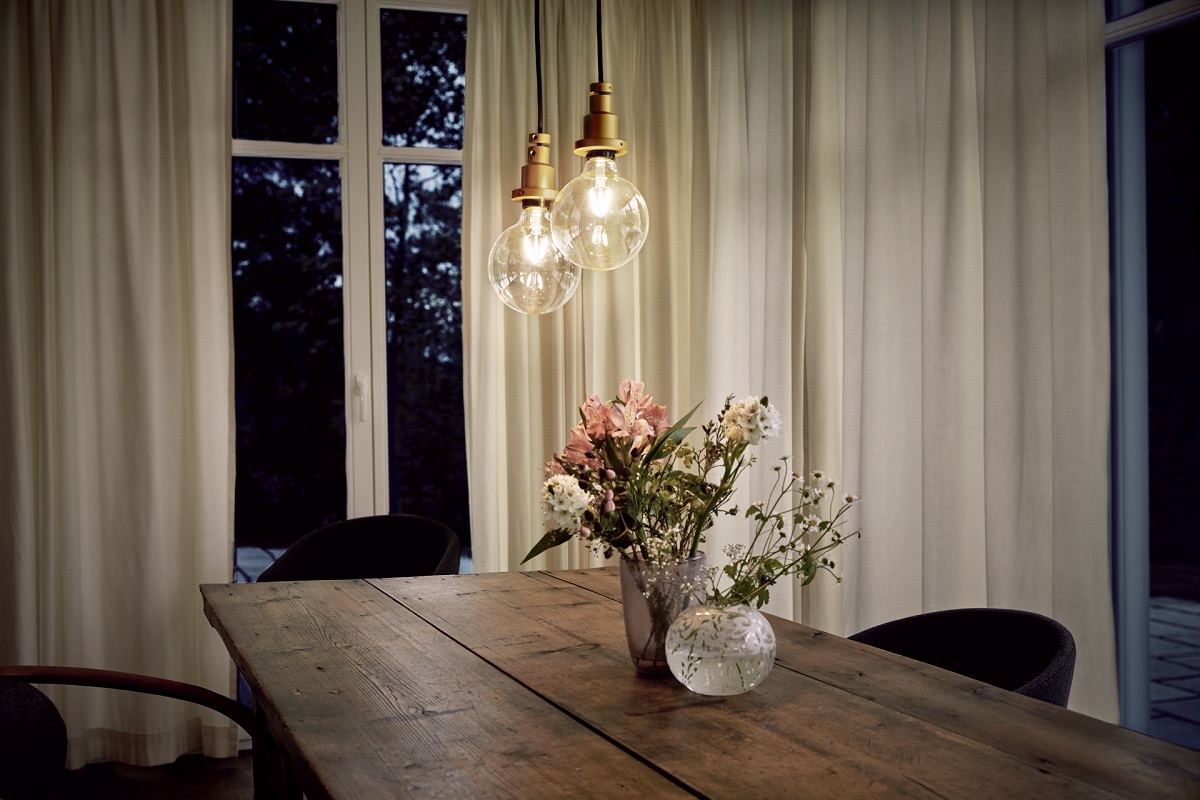
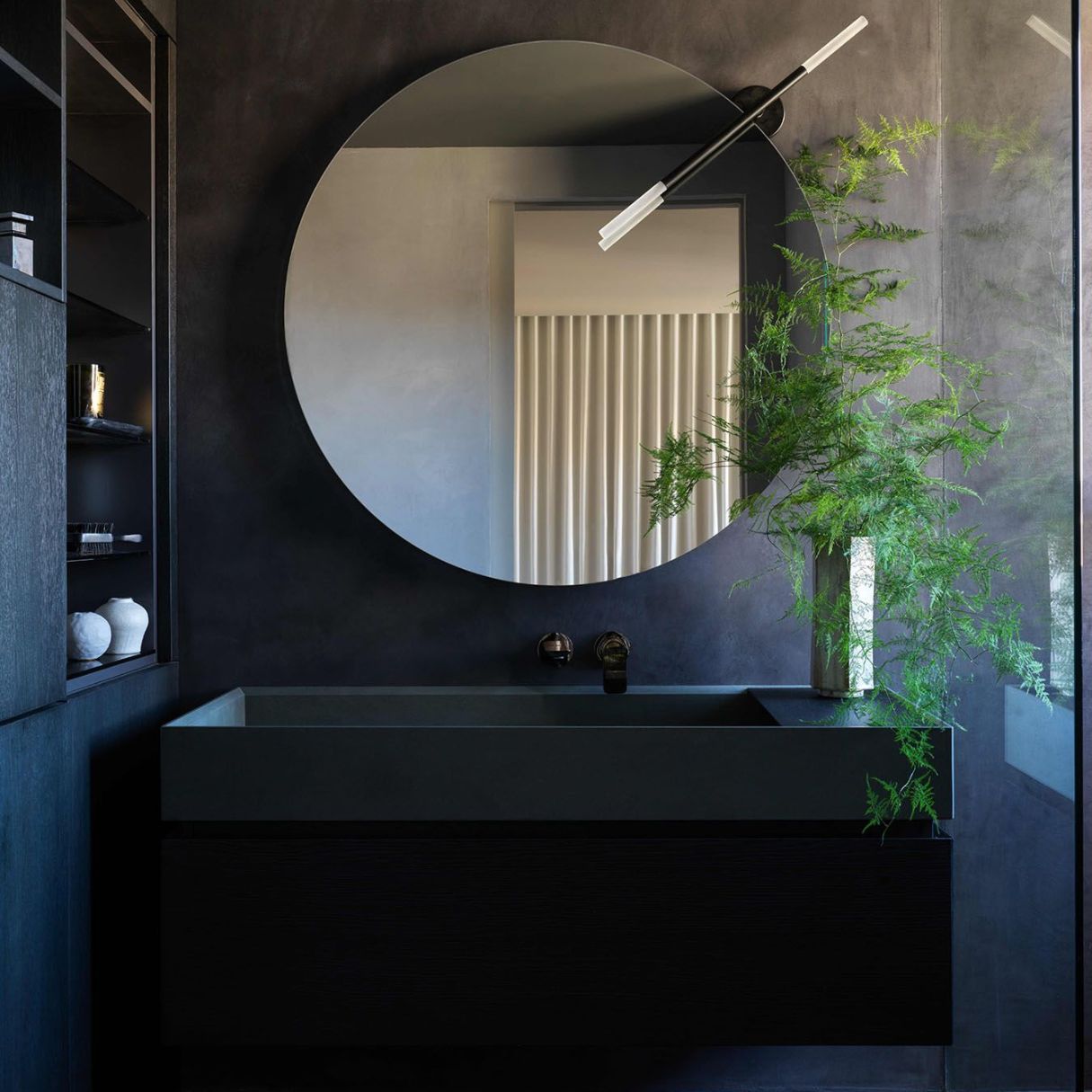

0 thoughts on “Dining Room Color Ideas: 16 Paint Inspiration Shades”